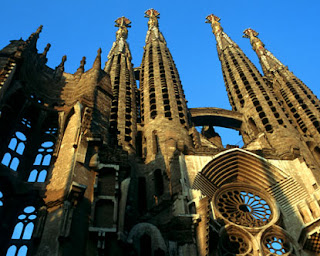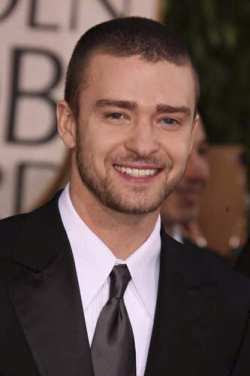1) What do you understand by the word ‘claymation’?
I associate the word ‘claymation’ with children, fantasy and the popular animations of Wallace and Gromit. My understanding of the word claymation is that it’s a form of animation which uses clay figures moulded into different positions for each stop-motion frame.
 |
| Still from Wallace and Gromit |
2) What is meant by the term ‘surrealist garden of Eden’ and ‘all that is natural goes awry’?
As Regine (2009) says Djurberg’s installation ‘Experimentet’ is “an installation recreating a Garden of Eden from hell”. Her garden is described this way because of the larger than life crazily distorted creepy clay flowers and plants which gives it this feeling that the garden has indeed gone awry. The clay sculptures also dwarf the visitors of her exhibition, making it seem very surreal and dreamlike as well.
 |
| Photo take of Djurberg's Garden of Eden |
3) What are the ‘complexity of emotions’ that Djurberg confronts us with?
As Ryberg (2005) points out the stories behind Djurberg’s claymations deal with such topics as violence, sexuality, sadism and assault, these are all a part of the darker side of the human soul. Anyone who views her work will be exposed to a ‘complexity of emotions’ because the topics are often feared by society. With the confrontation of these topics society’s perception of right and wrong are toyed with and a variety of emotions surface while viewing Djurberg’s work. Such emotions as shock, horror, fear, confusion, disgust, intrigue and many more may also be experienced.
 |
| Still from Djurberg's work where a girl is being dismembered |
4) How does Djurberg play with the ideas of children’s stories, and innocence in some of her work?
Ways in which Djurberg plays with these ideas of children’s stories and innocence is with the use of claymation (normally associated with children and innocence), the imaginative fairytale/dreamlike settings of her claymations and also how remote everything is from reality.
As Yablonsky (2010) states while first viewing Djurberg’s work you may be mistaken in believing it could be the start of a children’s fairytale because of its sweetness in the beginning but the story quickly dissolves into grisly sadism. I think this all helps make her work very interesting because you are caught by surprise and left unaware of what will happen next.
 |
| Still from Djurberg's work We are not two, we are one. |
5) There is a current fascination by some designers with turning the innocence and sweet into something disturbing. Why do you think this has come about?
I think this has come about because there aren’t really anymore restrictions on what is and isn’t acceptable in a lot of creative industries and lots of artists and designers like to push the boundaries further by exploring in areas which haven’t been explored and their want to create original work.
This current fascination of turning the innocent and sweet into something disturbing is met with viewers as well. I believe it’s because it’s something new and hasn’t been explored as extensively in other eras of. Another reason could be as Regensburger (2011) points out, “it’s a way for artists to say, ‘here’s this thing you know and understand, now consider it in a different way’. The effects, when it’s done right, can be surprising and jarring”.
6) In your opinion, why do you think Djurberg’s work is so interesting that it was chosen for the Venice Biennale?
I think her work is found to be so interesting and was chosen for the Venice Biennal because of the reasons I gave in question 5. For example her work is original, previously unexplored and there is something sweet and innocent about it which quickly turns into something disturbing and macabre. These are qualities which make her work so enchanting in a gruesome way. As Regine (2009) observed on three separate occasions her video installations were always “jam-packed with people drooling over her animations and taking photos”. I think this shows us the fascination with something new that people always seem to have. Also I think like Ryberg (2005) says her films seem to give an “existential feeling of suspense and uneasiness” which also is very captivating.
7) Add some of your own personal comments on her work
At my very first glance of her work I thought it was very incongruous but after viewing a few interviews with the artist I changed my mind. She deals with fear a lot in her work which is something everyone has but all of her puppets/clay-mates seem fearless in there gruesome acts which I find quite weird and I think this also makes her work so intriguing. I’m glad that her work is made out of clay because it makes it a little less real and easier for me to watch because I normally can’t stand watching scenes like these which I feel belong in a horror movie.
Reference List
Yablonsky, L. 2010. Clay mates. NY times.
Ryberg, H. 2005. Disturbing clay animation. Art news.org.
Regine. 2009. Venice Biennale: Nathalie Djurberg.
Regensburger, J. 2011. Human behaviour: Nathalie Djurberg with music by Hans Berg. Columbus underground.
















































